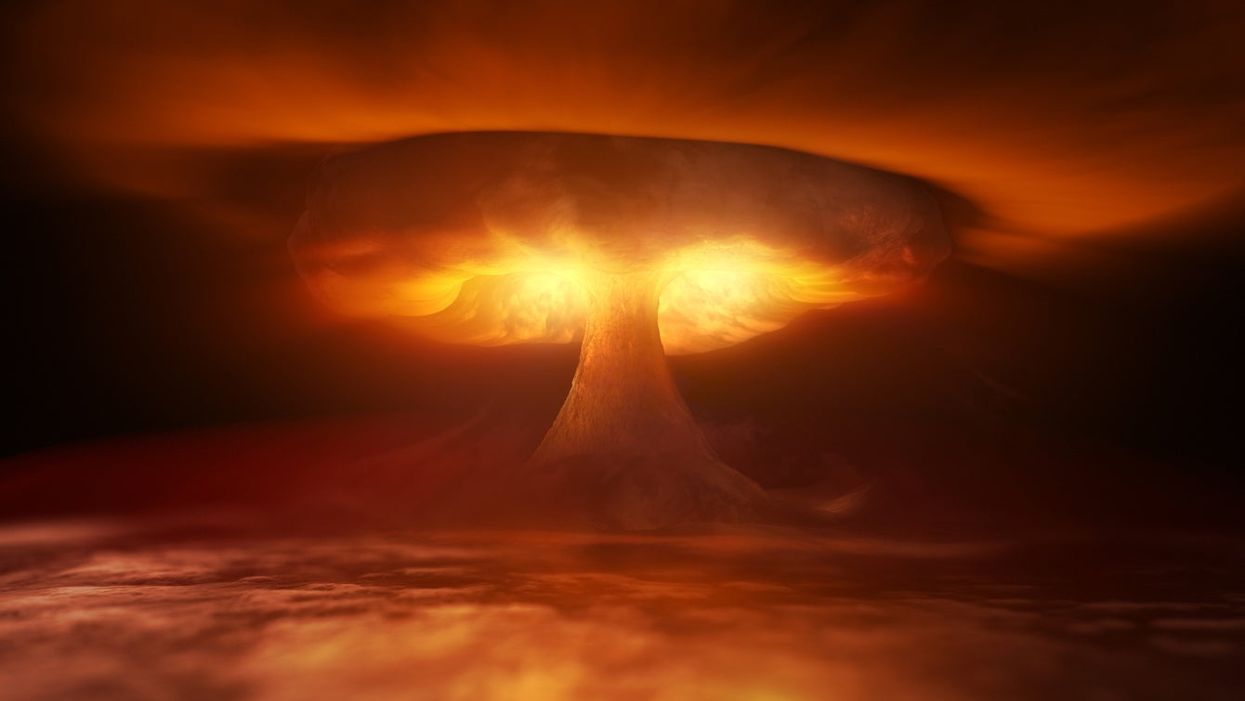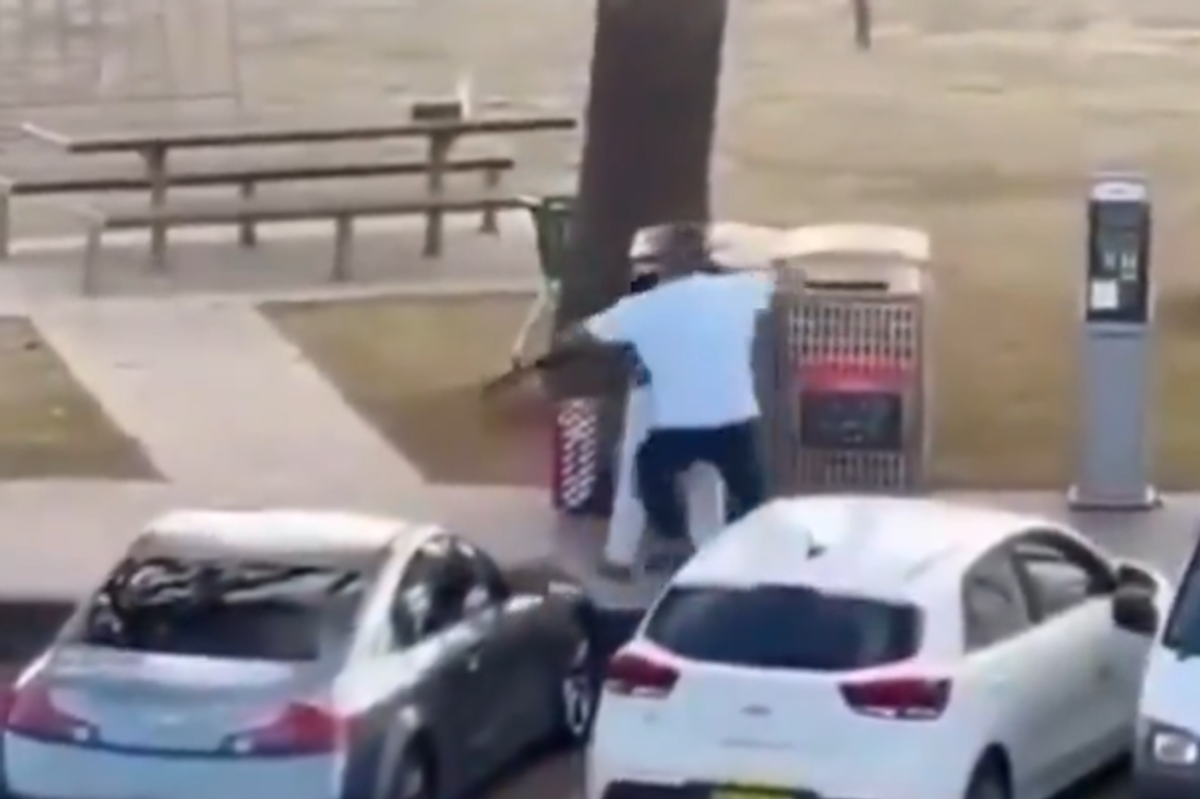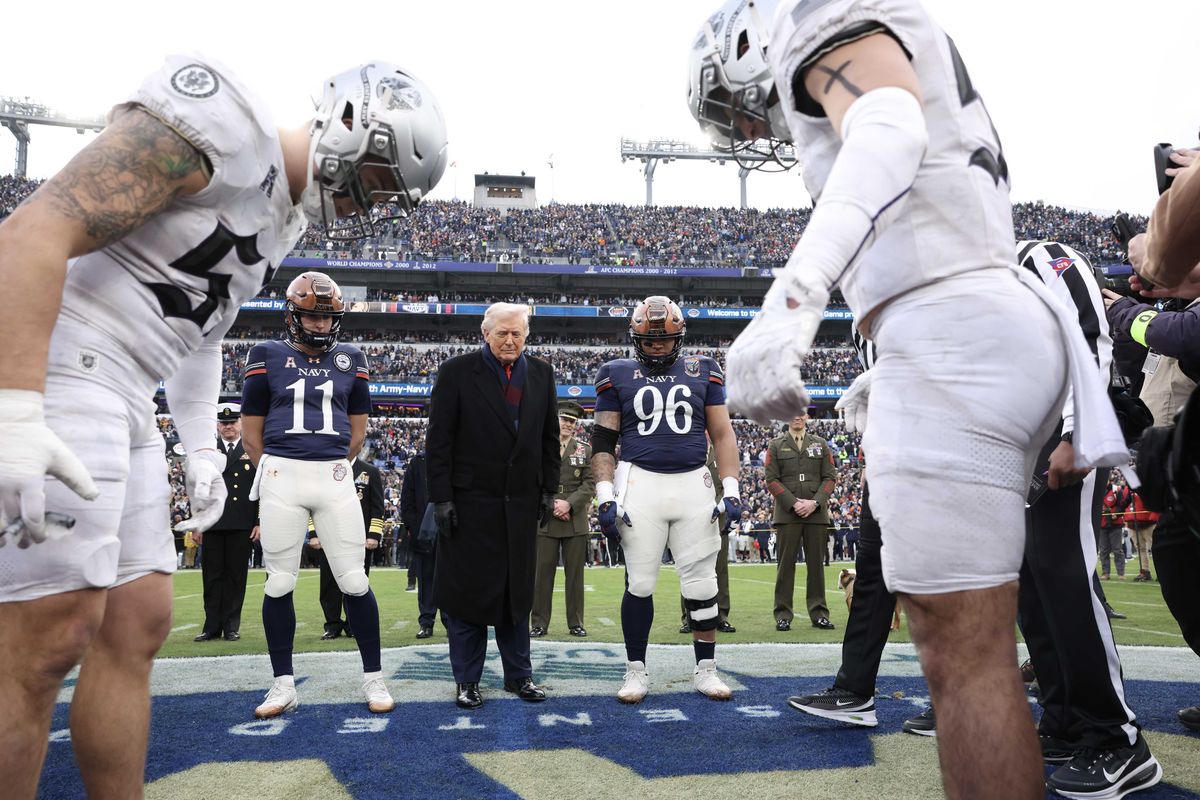News
Joe Vesey-Byrne
May 17, 2017

Picture:
Getty Images/iStockphoto
You die.
Instantly.
But let's say you were away when it happened, and you return to the devastated city.
What would happen in the event of a nuclear holocaust is the topic explored in a new book by Cody Cassidy and Paul Doherty.
'And Then You’re Dead: A scientific exploration of the world’s most interesting ways to die' is a work of non-fiction, and goes into the gruesome details of the after effects of a nuclear blast.
The descriptions make it sound like the lucky ones are those killed instantly at detonation.
Radiation
According to Cassidy and Doherty the radiation would transmute innocuous atoms into dangerous ones.
Essentially this means bad times. They describe one of atoms these 'Strontium-90', as such:
It’s light, so it doesn’t take many explosions for it to coat the globe and get deep into the food supply. Once ingested it’s so similar to calcium that your body absorbs it into your bones.
Once strontium-90 is in your bones its radioactive decay breaks up the DNA of your cells, leading to bone cancers and leukaemia. So if you survived the initial nuclear exchange, you would have bone cancer to look forward to, but that’s only if you could also survive the more serious smoke, ash, and soot problem.
Fab.
Dust
Attack of the Killer Dust isn't a horror classic, but it ought to be. Dust storms are lethal on Earth, and radioactive dust from a nuclear explosion is even more lethal.
A dust cloud from a bomb would never leave. And this has a knock on effect, as our authors explain:
After a hundred multimegaton bombs exploded in the air, not only would they directly distribute carbon into the upper atmosphere but they would start enormous forest and urban fires that would release massive amounts of smoke.
Even conservative environmental simulations show that a hundred nuclear detonations would block enough sunlight to drop the average global temperature by a few degrees. A sudden global drop in temperature of even a couple of degrees would be devastating for the world’s food supply, because a single frost kills rice. A serious disturbance in rice production would kill as many as 2 billion people around the globe.
Paul Doherty is co-director and senior staff scientist at the San Francisco Exploratorium Museum, and he received his PhD in solid state physics from the Michigan Institute of Technology. His co-author Cody Cassidy is a writer and editor.
So what should you do? For some terrifying advice on the matter, indy100 suggests you watch the 1984 classic Threads.
Made during the Cold War when nuclear annihilation seems imminent, Threads takes place in Sheffield in the months immediately following a nuclear holocaust.
HT News AU
More: A man in Sheffield 'cut off his toe with bolt cutters and then ate it'
Top 100
The Conversation (0)













